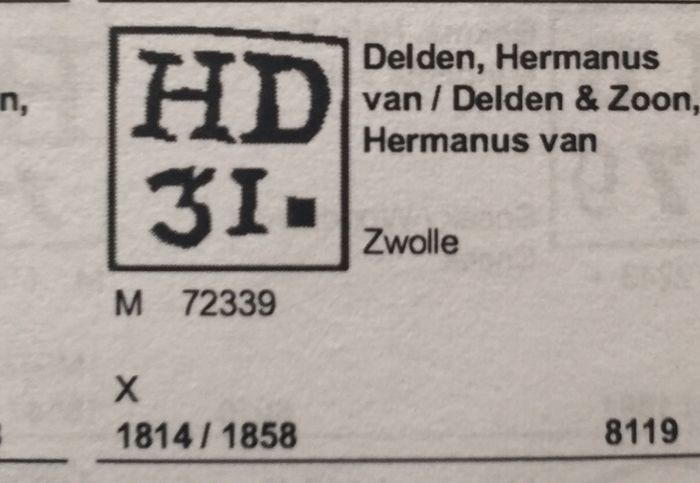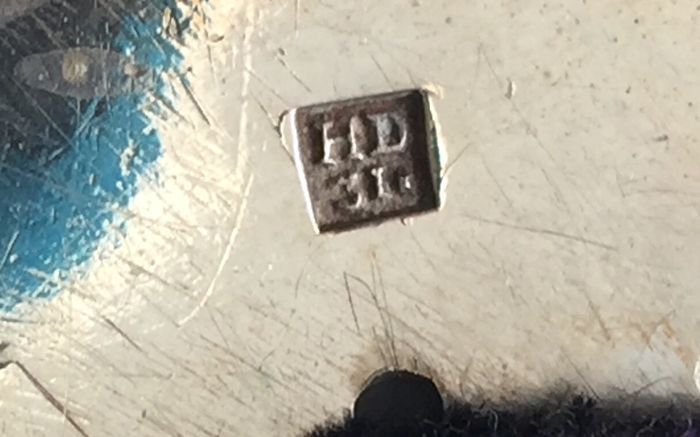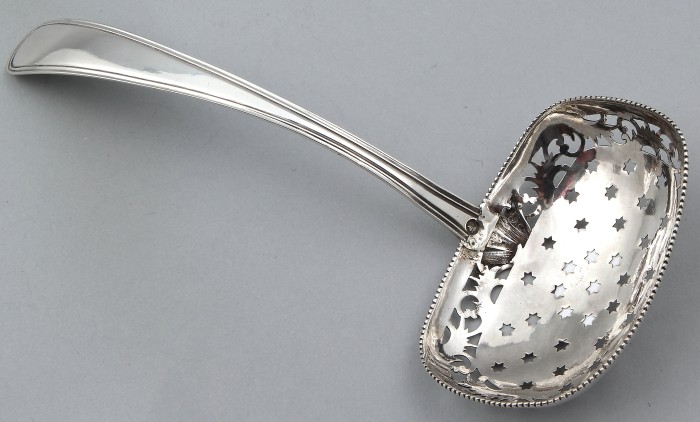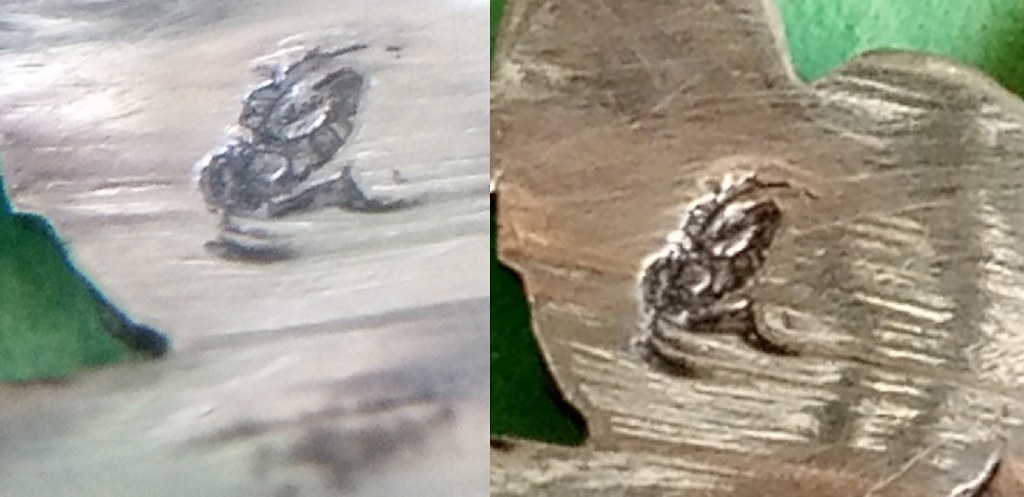
Spoons are about 16 centimetres (bit over 6 inches) long and regrettably there is no date mark on either spoon and the "head" is well rubbed. I could not make out the makers when I bought them and am not much wiser now.

At first I thought the mark was "C" or "G"" H" under something but that lead to nobody on the Forum or on "zilverkeuren.nl".
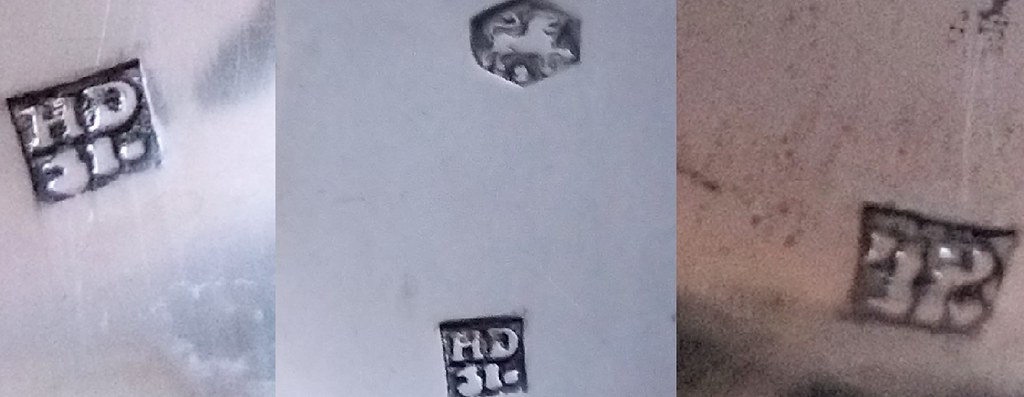
Current thought is that it is "HD" over something. Screening that on "zilverkeuren.nl" came to what is described as "Master stamp of Hermanus van Delden & Zoon in Zwolle, used from about 1820 to 1846" and that appears a possible match.
If this is correct could you explain this a little more please. I had thought my spoons would date second half of the 19th century and I see we have a post relating to Hermanus van Delden & Zoon showing a simple conjoined "HD" mark for the them there.
viewtopic.php?f=5&t=24848&p=60247&hilit=delden#p60247
What would contribute to no date mark on my spoons? Would they have been associated with another larger item that did have a complete set of marks on.
Please do put me right if I have incorrectly sifted the information.
Fishless
